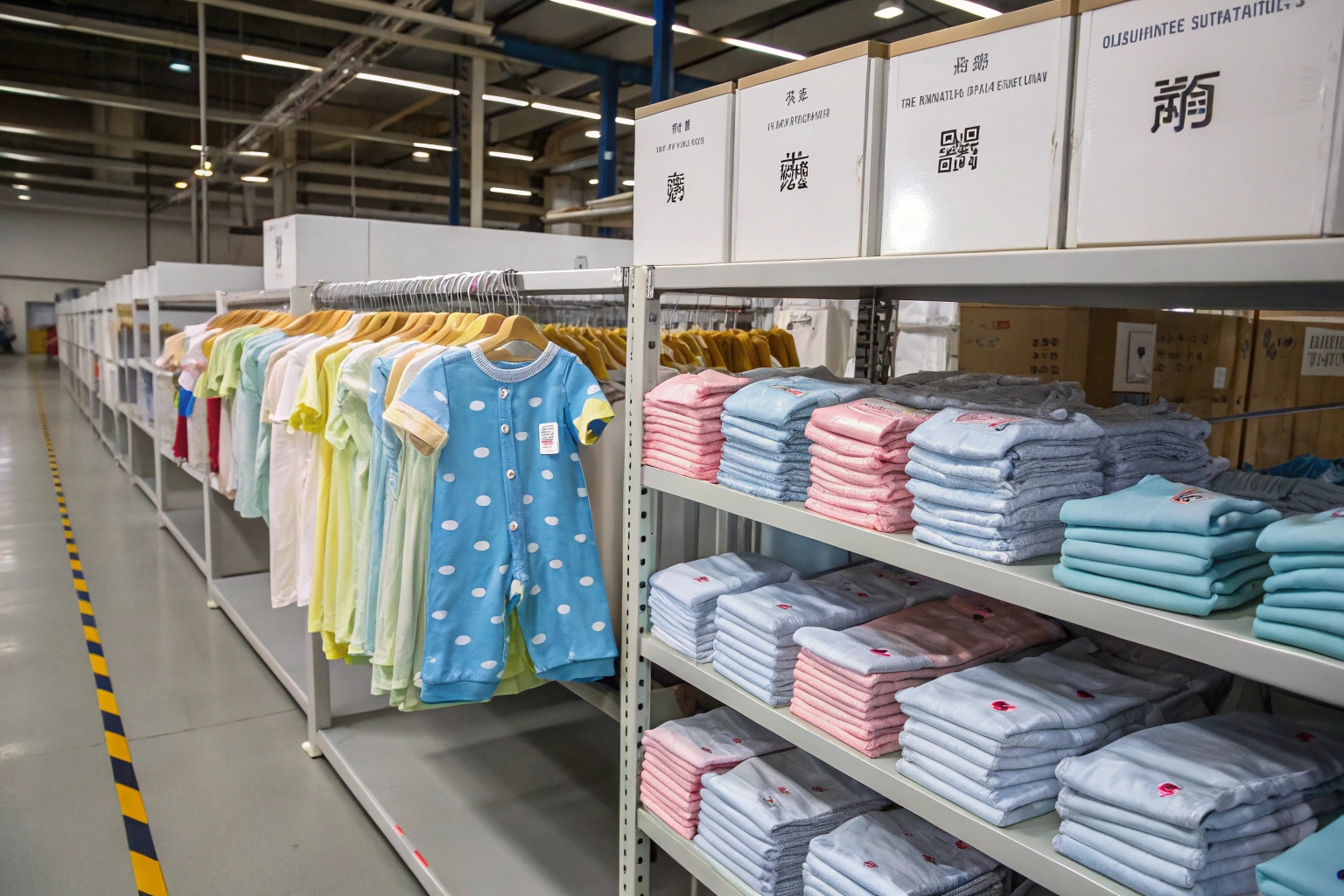Inventory kills cash flow. Overstock leads to markdowns. Understock leads to missed sales. Capsule strategy offers a smarter path.
Capsule collections help reduce inventory risk by offering small, controlled product drops that align with real demand, reduce waste, and improve sell-through.
If you’re tired of tying up capital in unsold stock, it’s time to rethink your supply model. Capsule strategy is your blueprint for leaner, faster, and more profitable inventory management.
Why Limited Capsules Help Minimize Overstock Issues?
Large collections create complexity. Capsules create clarity. And that clarity keeps inventory tight and moving.
Limited capsule drops help avoid overstock by reducing initial investment, focusing on fast-turning SKUs, and enabling easier pivoting based on performance.

How do small-batch capsules prevent brands from overcommitting on unsellable inventory?
Instead of producing thousands of units based on forecasts, capsule drops allow brands to test concepts in controlled batches—usually 300–500 pieces total. This caps the downside. If it sells, you restock. If it doesn’t, losses are limited.
At Fumao Clothing, many of our startup clients use this model to validate style, fit, and fabric. We help brands launch first drops in quantities as low as 100–150 units per SKU. That’s enough to measure demand without risking piles of leftover stock.
Less inventory also means less warehousing. That saves on storage and lets you launch more often with less cost.
Why is product lifecycle management easier with capsule releases?
Capsules are short-term. You don’t need to push slow-movers for months. When a drop is gone, it’s done. That urgency also improves sell-through rates.
With planned expiration dates, you can phase out items faster, avoiding long-tail dead stock. It also gives you room to introduce the next capsule without carrying old collections alongside.
Capsules create built-in cleanup.
Using Market Testing to Forecast Capsule Demand?
Data makes you smart. Capsules give you fast, clear data you can act on quickly.
Market testing via capsule releases helps forecast demand by validating styles, price points, and sizes in a real selling environment—not just theory.

How can a small capsule launch provide real insights for future inventory planning?
By treating your capsule as a test, not a launch, you shift mindset. You track what sells fast. What lingers. What gets returned. You also track feedback in reviews, comments, and customer emails.
We help clients set up tracking dashboards that measure:
- Sell-through rate within 7–14 days
- Style-by-size sellout speed
- Product-specific return reasons
- UGC volume and influencer engagement
From these indicators, we help plan second drops. One babywear brand launched a forest-themed capsule. The 0–3M bodysuits sold out in 48 hours. The 6–9M sizes underperformed. That insight shaped their next drop—and inventory was aligned with real demand.
Why does capsule testing offer better insights than traditional market surveys?
Surveys reveal opinion. Capsules reveal behavior. When parents pull out their wallets, that’s a stronger indicator than a checkbox.
Real purchases tell you what price points they accept. Which colors pop. Which SKUs become favorites. Market testing through a live capsule gives you sales, not guesses.
It’s the fastest route to product-market fit.
Inventory Planning Tips for Small-Batch Capsules?
Good planning prevents bad stock. Capsule strategy works best when paired with sharp forecasting.
For effective small-batch planning, use tight SKU counts, preorder feedback, and phased inventory commitments based on sell-through triggers.

How do you plan SKUs and quantities in a capsule drop without over-guessing?
Start with data from previous drops—or use your DTC funnel for forecasts. If you have 2,000 engaged subscribers, plan for 2–5% conversion. If you’re running ads, calculate projected traffic and use a conservative sales assumption.
Here’s a basic framework:
| Style | Size Range | First Drop Qty | Reorder Trigger |
|---|---|---|---|
| Bodysuit | 0–24M | 300 units | Reorder when 70% sells |
| Hoodie | 2T–6T | 200 units | Reorder when 150 sold |
| Romper | 3M–12M | 150 units | No reorder unless preorders exceed 50 |
At Fumao Clothing, we advise starting with only 3–5 styles in a capsule. That makes forecasting easier and post-launch analysis clearer.
How does size planning reduce leftover stock?
In kidswear, not all sizes sell equally. Babies grow fast. Parents often overbuy 0–3M, underbuy 6–9M. Capsules let you test this.
We analyze past size sales across drops. We help brands adjust cut ratios—like reducing 3M stock and increasing 12M where needed. This turns dead sizes into fast-sellers.
The more you learn, the more your inventory aligns.
How to Align Capsule Drops with Real-Time Sales Data?
Inventory planning shouldn’t stop once you launch. That’s when it matters most.
Aligning capsule drops with real-time sales data means tracking performance daily, using that data to adjust marketing, trigger restocks, and fine-tune future inventory.

What real-time metrics should brands monitor during a capsule launch?
Key metrics to watch in the first 72 hours:
- Sell-through rate by SKU and size
- Cart abandonment rate
- Email click-to-sale ratio
- Return requests
- Best-selling combo (e.g. bodysuit + beanie)
If one item sells out quickly, use waitlist data to plan restocks. If another item lags, test bundles or feature it in UGC content.
At Fumao Clothing, we work with brands to monitor drops in real-time. We suggest restocking decisions within 48 hours, based on sell-through.
How do real-time insights shape your next capsule?
A strong drop gives you a map. You learn what print worked. Which bundles sold. What imagery converted. That data feeds the next launch plan.
You don’t guess anymore. You build your inventory model with confidence—fewer units, better timing, and sharper pricing.
Capsules make your data useful. Real-time tracking makes it powerful.
Conclusion
Capsule strategy helps you reduce inventory risk by producing only what sells, tracking what matters, and adjusting with speed and clarity—so you grow profitably, not wastefully.










